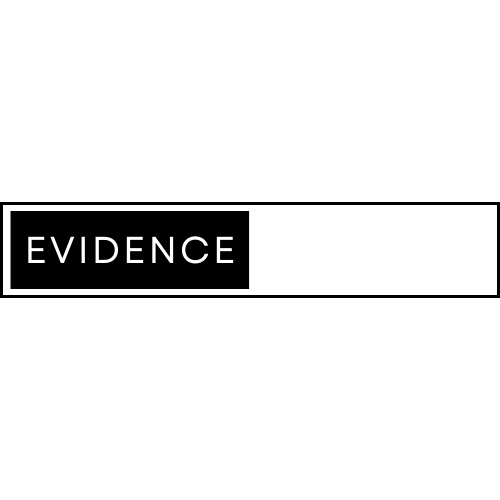The influence of Group Psychology
Group psychology plays a significant role in presidential elections. During these times, individuals often find themselves influenced by a variety of factors, from social dynamics to media narratives. Here are some common aspects of group psychology that contribute to the confusion surrounding presidential elections:
Group psychology plays a significant role in presidential elections. During these times, individuals often find themselves influenced by a variety of factors, from social dynamics to media narratives. Here are some common aspects of group psychology that contribute to the confusion surrounding presidential elections:
- Social Identity Theory: People tend to align themselves with groups that share similar beliefs, values, or identities. During elections, individuals may strongly identify with a particular political party or candidate, leading them to adopt the group’s viewpoints and behaviors. This can create polarization and confusion as different groups hold divergent opinions and interpretations of events. For further details on social identity theory, several resources can be found here and here.
- Confirmation Bias: Individuals often seek out information that confirms their preexisting beliefs while ignoring or dismissing evidence that contradicts them. In the context of elections, this can lead to the reinforcement of partisan views and the dismissal of alternative perspectives, contributing to the confusion as conflicting narratives emerge.
- Media Influence: Mass media plays a crucial role in shaping public opinion during elections. However, media outlets may have their biases, agendas, or preferences for certain candidates, leading to the dissemination of conflicting information and narratives. Social media can create homogeneous networks which increase polarizing rhetoric. This can confuse voters as they navigate through a barrage of news coverage, opinion pieces, and social media content.
- Herd Mentality: People are susceptible to following the behaviors and opinions of the majority, particularly in uncertain or ambiguous situations. During elections, individuals may feel pressure to conform to the prevailing attitudes of their social circles or the broader electorate, even if they have reservations or doubts. This can contribute to a sense of confusion as individuals grapple with conflicting signals from their peers and the broader public.
- Psychological Reactance: When individuals perceive their freedom of choice is threatened, they may react by asserting their autonomy and adopting opposing views or behaviors. In the context of elections, attempts to sway voters through persuasion or manipulation can trigger reactance, leading individuals to resist or reject the messaging they perceive as coercive. This can further contribute to confusion as voters navigate competing narratives and campaign tactics.
Overall, the interplay of these psychological factors can create a complex and confusing landscape during presidential elections, where individuals grapple with conflicting information, social influences, and personal biases as they form their opinions and make their voting decisions.
However, the field of group dynamics also offers a range of approaches to help combat these negative influences. We direct the reader to the September 2022 issues of Group Dynamics: Theory, Research, and Practice for the special issue examining the January 6 insurrection. In their concluding article, Hinsz and Jackson (2022) reflect how a focus on social norms can correct “the misperceptions about the actions and opinions of others” (p. 302). In the same issue, Van Swol, Lee, and Hutchins (2022) identify how “digital media literacy is crucial to tackle extremism on social media” (p. 246). Additionally, Miles and Sinew (2022) highlight the role that intergroup dialogue can play and how these can be facilitated at a local level to address healing the divisions that can cause such harm.
Hinsz, V. B., & Jackson, J. W. (2022/09). The relevance of group dynamics for understanding the U.S. capitol insurrection. Group Dynamics: Theory, Research, and Practice, 26(3), 288-308. doi:https://doi.org/10.1037/gdn0000191
Miles, J. R., & Shinew, H. J. (2022/09). A breakdown (and rebuilding) of intergroup dialogue. Group Dynamics: Theory, Research, and Practice, 26(3), 274-287. doi:https://doi.org/10.1037/gdn0000190
Van Swol, L., Lee, S., & Hutchins, R. (2022/09//). The banality of extremism: The role of group dynamics and communication of norms in polarization on january 6. Group Dynamics: Theory, Research, and Practice, 26(3), 239-251. doi:https://doi.org/10.1037/gdn0000180
Tom & Leann
Tom Treadwell, Ed.D. T.E.P C.G.P.
Editor

Leann Terry Diederich, Ph.D.

Associate Editor

